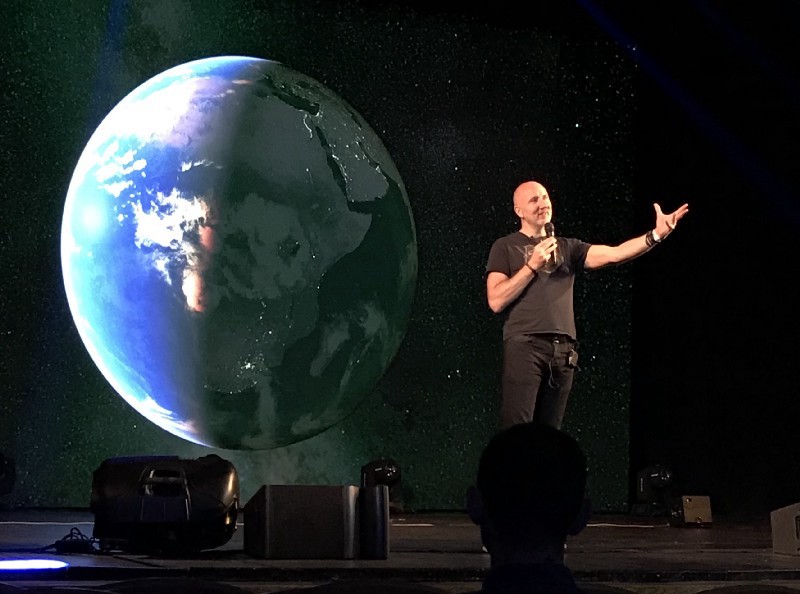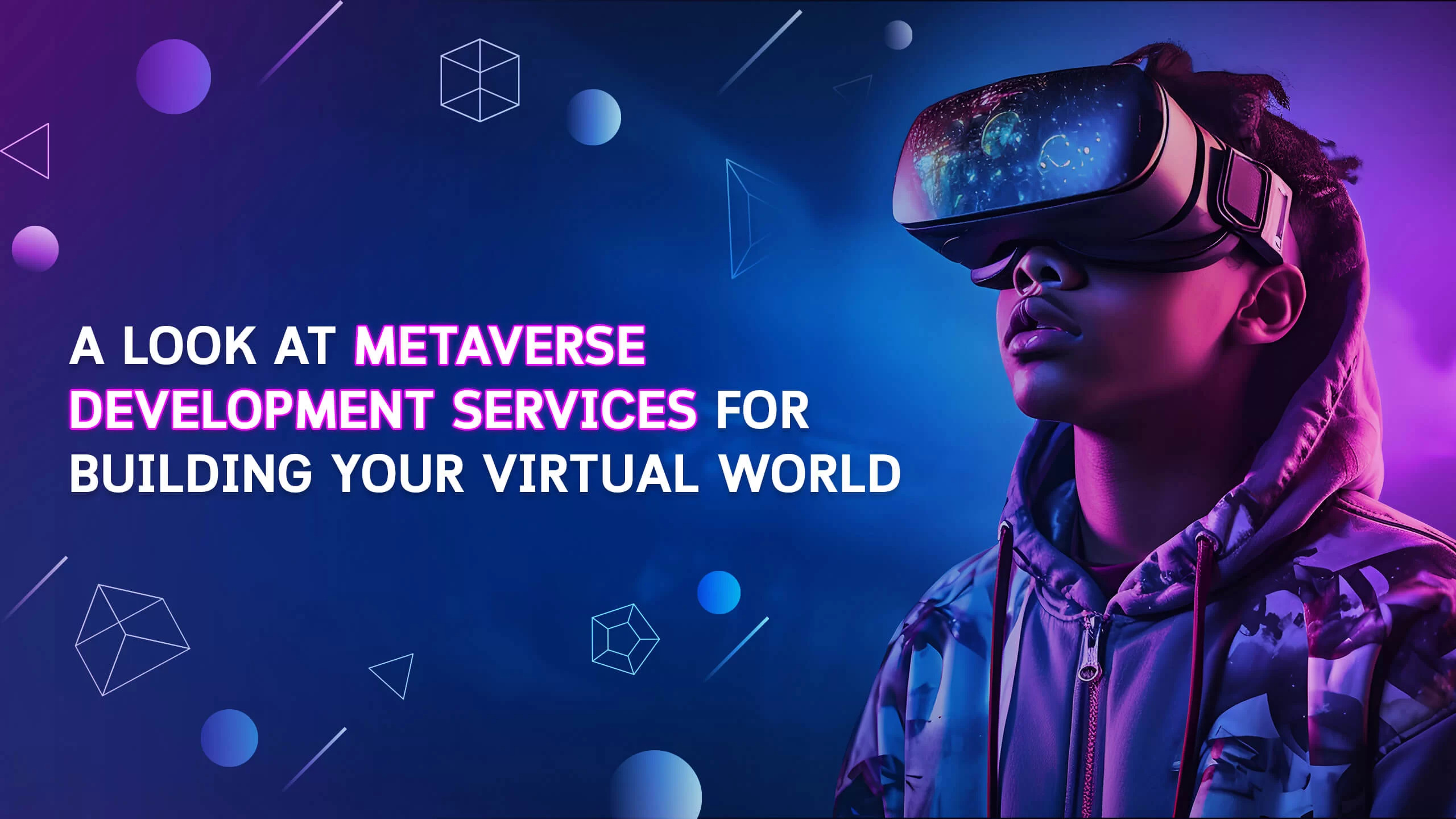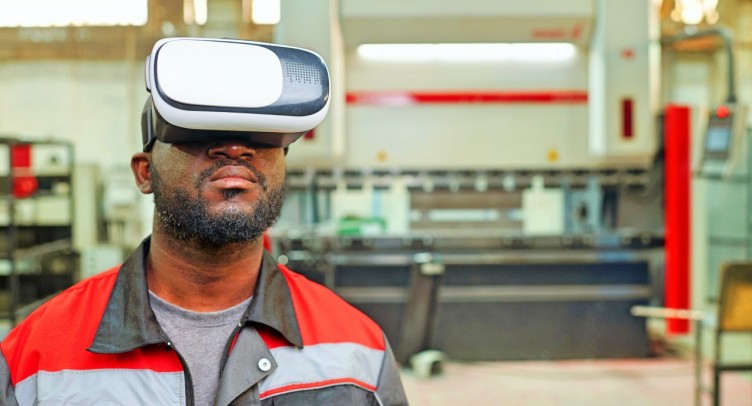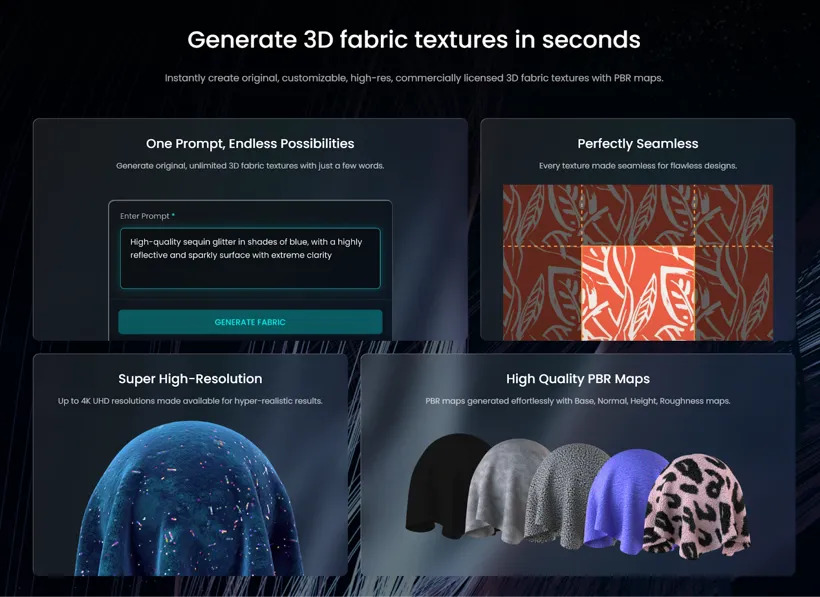In a society obsessed with the new it’s often worthwhile to take some time to consider where our technology comes from, what drove us to develop it, and where it might be heading. And a great place to do this was at the recent European Immersive Computing Summit that fell on the hottest day of the Summer. But the baking heat didn’t diminish the pleasure that came from spending time in the beautiful city of Venice, speaking at an event filled with people who harness this technology, mindful of its potential for positive change in the world.
It was thrilling to be amongst these bright and committed peers, consumed by their dreams of building a shared technological future. And it’s thrilling to be at this moment of history, this inflection point in human connection, collaboration and culture.
I was lucky enough to work on Google Earth VR. I got to hang in space over this majestic blue marble, watching in real-time as hurricanes passed across the Atlantic. Zooming down into the verdant rainforests of Brazil, flying over the natural canyons in Turkey, and swooping through the man-made ones of Manhattan, then ascending, once again, to gaze on this “mote of dust suspended in a sunbeam” as Carl Sagan so eloquently put it. You can’t unsee these images. They have an impact. They give us a unique perspective, connecting us and inspiring us to be guardians of this world and of each other.
Don’t underestimate the power of this moment. We now have the technology to transport ourselves through time and space, independent of our age or physical ability. We can take our 80-year-olds to the tops of the mountains they summited in their youth. We can carry our paralyzed across the Inca trails of Peru, or lay the greatest art objects of our shared cultural heritage before our students, no matter in which museum vault they are stored. Even our children get to marvel at leaping whales and dinosaur skeletons come to life.
But if you really want to see where the future is going, just take a look at how we got here.
17,000 years ago, one of our ancestors crawled down a tiny rock passageway into an underground cavern in the South West of France. In one hand she cradled a sputtering animal fat candle. At her belt swung leather pouches full of earth pigments. That artist, and many like her, spent decades painting scenes of the Paleolithic landscape, until every free space in the Caves of Lascaux was covered with images of ice age animals, a moment frozen in time, and stored for millennia for the generations to come.
All of our ancestors had this urge to make art, a compulsion to record history and to share stories of their world. And today we have the ultimate storytelling machines at our fingertips. The ability to convey our thoughts, hopes and fears in unprecedented fidelity. We’ve created tools that allow us to pursue our muses as never before:
- For writers to bring their vision into focus in a whole new medium.
- For historians to bring life to ancient ruins in dizzying detail.
- For lovers to inflame our loins with tales of devotion.
- For musicians to make our hearts swell with new melodies.
- For playwrights to tell tales of tragedy and warn us against the worst of our instincts.
- For poets to give us glimpses of our shared humanity.
- For dancers to reintroduce us to the joy of movement we lose at such a young age.
- For comedians to skew our view of the world and confront us with our own absurdity.
- For astronomers to share awe-inspiring imagery and reveal the earth as one beautiful, borderless whole.
But we’re all still finding our feet. This first consumer generation of VR and AR has washed over us, and not everyone bought in. Right now the hype may have dissipated, but this is where the work gets done. As Oculus’s Michael Abrash puts it, “These are the good old days” where we hunker down and refine exotic optics, miniaturize circuit boards, sharpen toolchains, tweak scripts, texture actors, and light scenes.
And when the hardware is as accessible as feature phones are today, with the sustainable energy to fuel them, and affordable, high-bandwidth, low-latency data streaming to them — then we can rest.
But that comes later. But for now, we build. And I’m thrilled that we get to build this together.
Quelle:
Foto: Rupert Breheny on stage during EICS 2019.
https://medium.com/eics-the-immersive-blog/a-moment-in-time-the-past-present-and-future-of-extended-reality-19de90330a96




